King Leopold II
Age: 74 (at time of death)
Height: 5'9" (175 cm)
Weight: 150 lbs (68 kg)
Nationality: Belgian
History and Criminal Past
Responsible for the exploitation and genocide of millions of people in the Congo Free State, a private colony he owned and operated from 1885 to 1908.
Personality Traits
- Ruthless and cunning, with a focus on personal gain and power
- Manipulative and charismatic, able to charm and deceive others
- Lacking in empathy and compassion, with a focus on his own interests
- Highly intelligent and strategic, able to navigate complex political situations
Life and Relationships
King Leopold II's life was marked by a focus on power and wealth, with numerous mistresses and illegitimate children. He was known for his extravagant lifestyle and lavish spending.
Psychological Profile
- Narcissistic personality disorder, with an inflated sense of self-importance
- Antisocial personality disorder, with a lack of empathy and impulsivity
- Psychopathic tendencies, with a lack of conscience and remorse
King Leopold II of Belgium’s actions in the Congo during the late 19th and early 20th centuries are considered one of the most egregious examples of colonial exploitation and brutality in history. Here’s a detailed account of the crimes committed under his rule:
Forced Labor and Exploitation
King Leopold II established the Congo Free State in 1885, presenting it as a humanitarian venture aimed at civilizing and uplifting the Congolese people. However, behind this facade, he exploited the region’s vast resources, particularly rubber and ivory, through brutal methods. Congolese people were forced into labor, often under appalling conditions, to extract these resources for the profit of Leopold and his agents.
Violence and Repression
Leopold’s regime employed extreme violence and repression to maintain control over the population and suppress any resistance to his rule. Villages that failed to meet rubber quotas were subject to severe punishment, including mutilations, torture, and massacres. The notorious Force Publique, a paramilitary force recruited largely from neighboring African territories, carried out these atrocities under the command of Leopold’s agents.
Population Decimation
The exploitation and brutality inflicted upon the Congolese population resulted in widespread death and suffering. Estimates suggest that millions of Congolese people died as a direct result of Leopold’s policies, whether through violence, disease, or starvation. The population of the Congo declined dramatically during his reign.
Systematic Abuse
Beyond forced labor and violence, the Congolese people endured systematic abuse and degradation under Leopold’s rule. They were subjected to forced taxation, arbitrary imprisonment, and the destruction of their traditional way of life. Women and children were also not spared from the brutality, with reports of widespread sexual violence and exploitation.
International Outcry and Reform
Leopold’s crimes eventually drew international attention and condemnation, particularly due to the efforts of activists such as E.D. Morel and Roger Casement, who exposed the atrocities occurring in the Congo. Their campaigning led to investigations and diplomatic pressure on Belgium to reform its colonial administration. In 1908, under mounting pressure, the Belgian government assumed direct control of the Congo from Leopold, leading to the end of the Congo Free State and the beginning of Belgian colonial rule.
Overall, King Leopold II’s rule in the Congo represents a dark chapter in human history, characterized by exploitation, violence, and the callous disregard for the lives and dignity of the Congolese people. His actions left a lasting legacy of trauma and suffering that continues to affect the Congo and its people to this day.



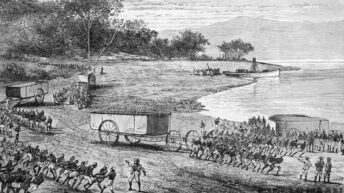
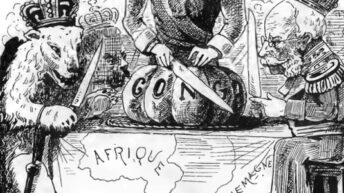
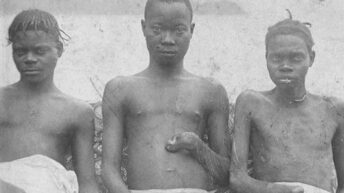
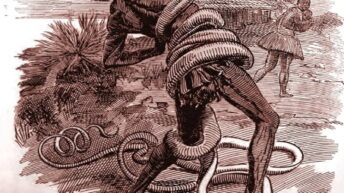
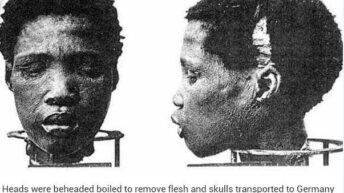
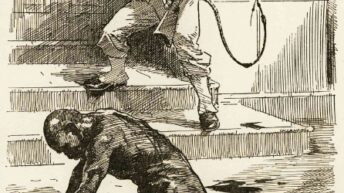
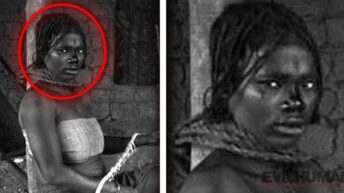
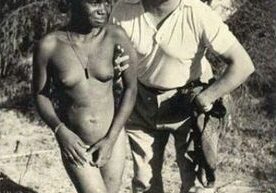
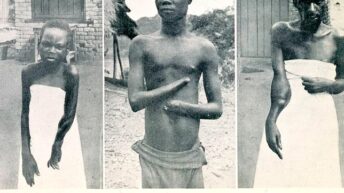

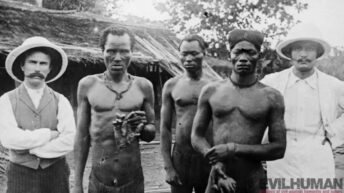
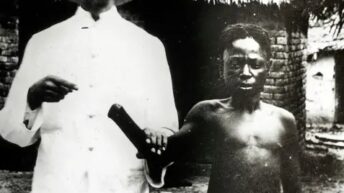
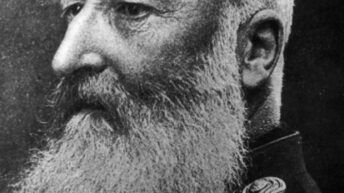
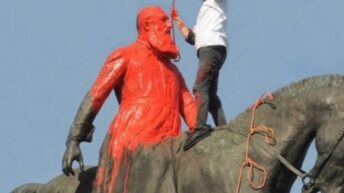
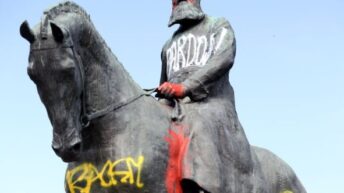


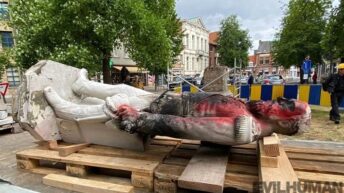
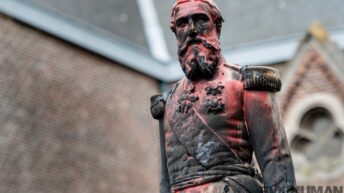

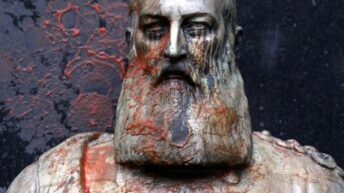
Add comment